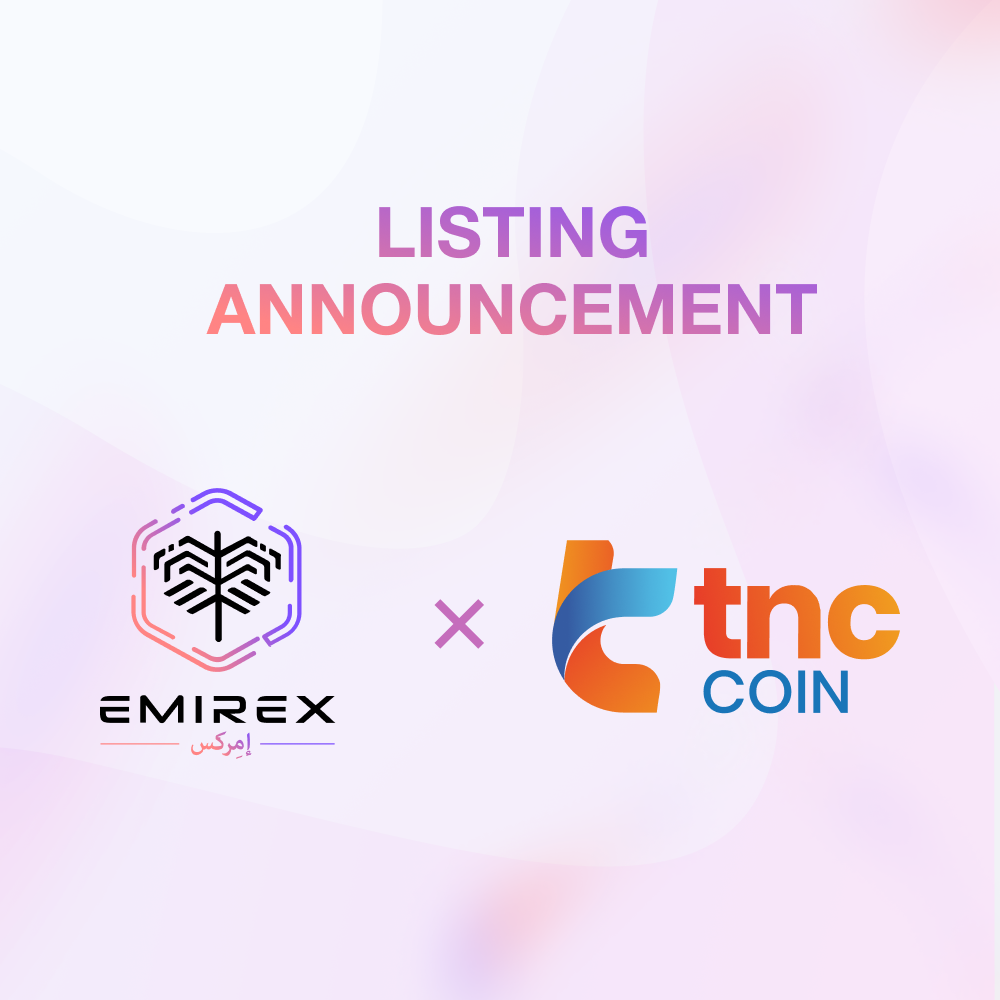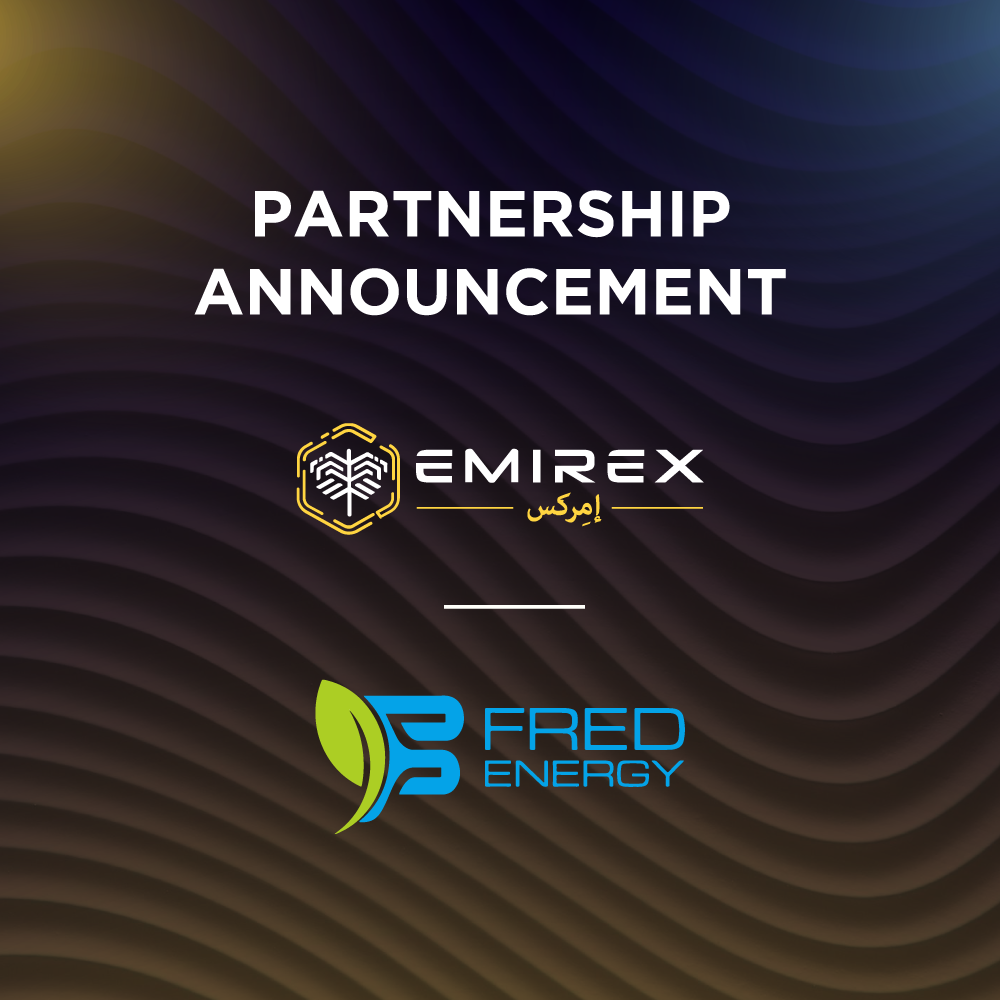Within the scope of a tokenized model transition, three major stages such as the development of Business Tokenization Concept and Technology Use go prior to everything else. Let’s take a closer look at each of them.
Stage 1: Business Tokenization Concept & Technology Use Development
The scope of this stage depends on how large the project is. For a smaller business, it may be possible to do everything at once. However, a large business may choose to develop and launch tokenized parts of their commodities in different phases. During this period, existing clients may need to be assisted in transitioning to the new model. Emirex is developing several suitable models for the use of blockchain and tokens, as well as artificial intelligence and machine learning (if applicable) in your business. While the latter (i.e. AI and machine learning) are very sensitive and dependable for each case, tokenization concept development has more or less predictable approaches, where the two major steps are:
Step 1: Define the Current Business Model
To tokenise an existing business, the current way the business operates must be defined and recorded. This means fully understanding how the current business works and where revenue is being generated from. As tokens represent a means of payment, defining payments touchpoints is critical.
Step 2: Define a Tokenized Business Model
Once the existing business model has been defined and payment touchpoints identified, the process of designing the tokenized business can begin. The goal of tokenization should be a lower-cost business model that can also possibly raise capital. Not only should costs be lower for the business, but also for those that use the service being tokenized (i.e. consumers).
Stage 2: Tokenomics Development
Tokenomics includes data such as the type and number of tokens for emission, distribution of tokens, conditions for the tokens acquisition, freezing periods, etc. Many questions need to be answered before tokenomics development, but the principal ones are:
- How can a business encourage people to use its token? This question is important because using tokens may be a hassle for people who are new to crypto. They may have to download a new app, possibly learn about keys, and hold a new kind of currency. These are all extra things that people may not want to do.
- How can a business incentivise people to hold its token? Maintaining a low token velocity is important. Otherwise, there is no real potential for a token price increase. Investors will look for potential price increases as a key metric in an investment decision, so incentives to hold a token are important.
- Should a business get decentralized? The blockchain makes a decentralized business model possible. A token makes a decentralized business model possible, but a centralized business can also benefit from tokenization.
Once the key questions get answered, the type of token should be chosen considering business goals within tokenization. There are three main types of tokens and a hybrid one:
- Payment Tokens: these are synonymous with cryptocurrencies, intended as a means of payment for acquiring goods or services or as a means of money or value transfer.
- Utility Tokens: these are intended to be the only way to provide digital access to applications or services built on top of a blockchain-based infrastructure.
- Security Tokens: they have a similar role as a share and, for the investor, they represent assets such as a debt or equity securely owned.
- Hybrid Tokens: characterised by a mixture of the previous three features.
Stage 3: Financial Model
The financial model should be developed considering tokenization: all possible risks as well as the recommendations on Tokenomics implementation. Applying knowledge of the industry, type of commodity, and the business model is also extremely important as it will have an impact on the logic used to derive various outputs. For instance, projecting the prices of a commodity used as a raw material to manufacture a company's product would require a good understanding of the demand-supply dynamics of that commodity, an in-depth analysis of the emerging trends and underlying factors that can affect the demand and supply, and in turn the prices of that commodity.
It’s important to work backwards from the final delivery deadline to ensure a smooth development process. Clarifications such as the ones listed below would help define the structure of the financial model:
- How many different P&L statements should be a part of the model?
- For how many years do we need to project financial statements?
- Should the statements be projected yearly or on a quarterly or half-yearly basis?
- Input
- Logic
- Output
The structure of the model should separate the input, logic, and output. It should also be broken down into various repeatable logic modules which would save the developer unnecessary re-work and therefore a lot of time. However, one should be careful in re-using modules because errors or bugs tend to percolate along with the logic.
A financial model is very similar to a software program with input (assumptions), logic (calculations), and output (financial statements, key parameters). Like software, developing a financial model requires a significant amount of planning and homework before the actual development process starts. The first few stages – from determining requirements to the development of the structure – are equally important to the actual development of the model. Following them diligently, will ensure that the financial model meets the requirements as well as the deadlines.
The upcoming article “Business Plan Development, Part 2” will outline the work scope of the Business Plan Development and Executive Summary points. Stay tuned.






